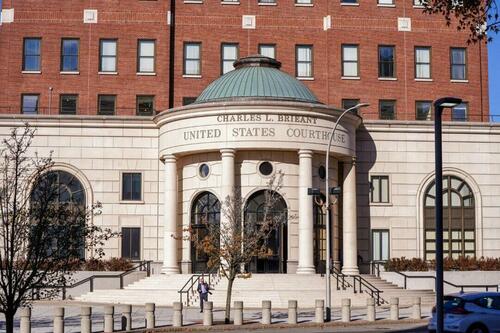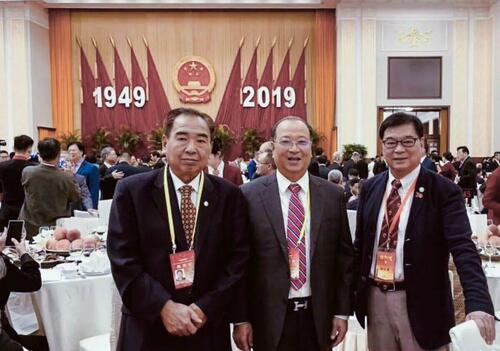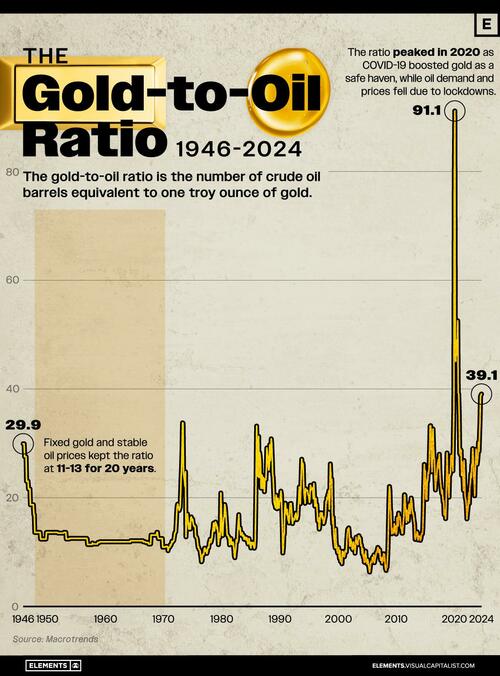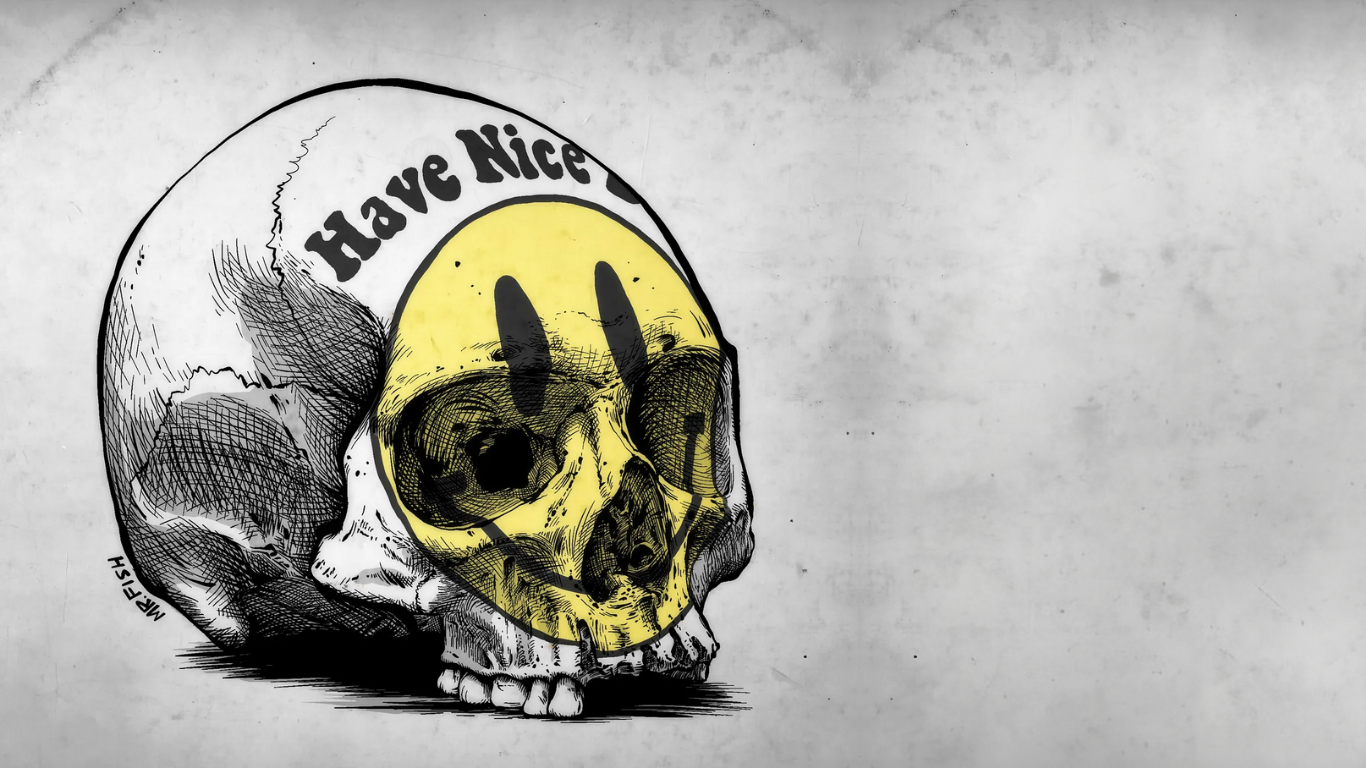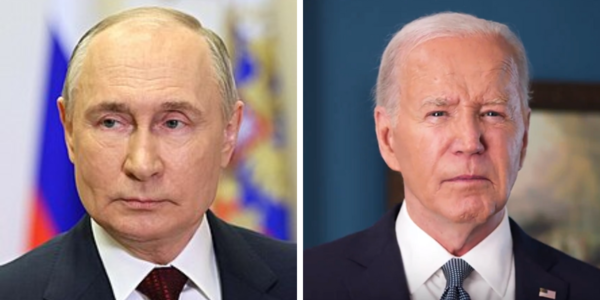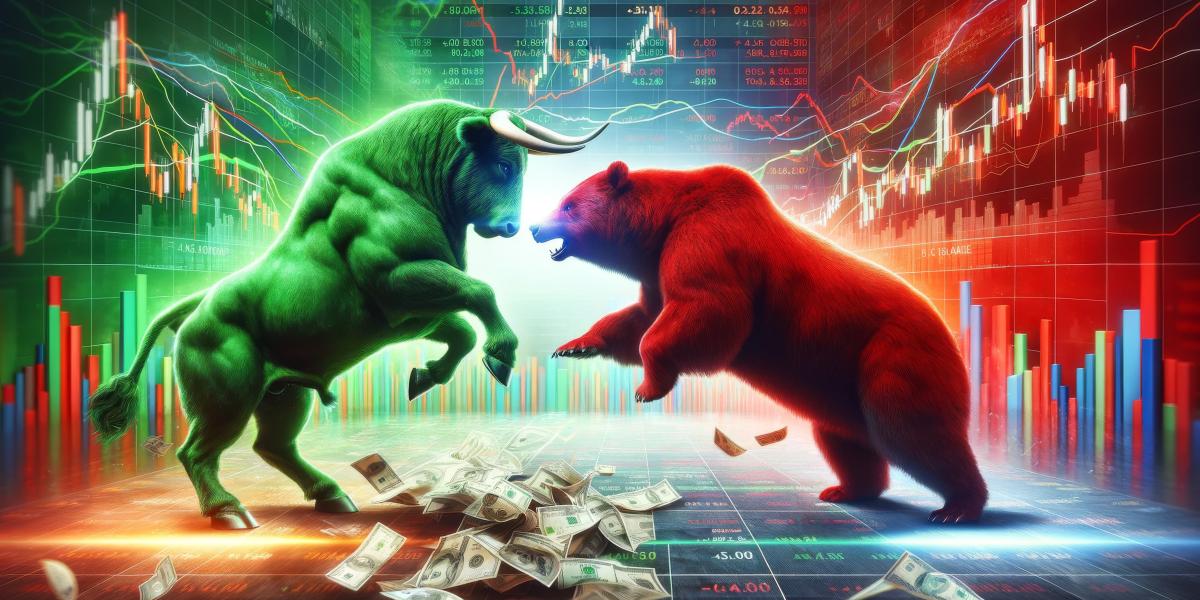
“…boom and bust cycles are caused—not by the mysterious workings of the capitalist system—but by governmental interventions in that system.” — Murray Rothbard
Another way to put it is that the primary cause of what you call a recession is central banking, specifically due to their inflationism and underwriting of fractional reserve banking. If you think that inflation is the product of greedy merchants or the animal spirits, or an economy that is just too hot, or climate change, you have been hoodwinked. In the first place, it is not a product of anything. The term refers to the government’s economic and banking policies.
These policies have three main effects (and many knock on effects):
- The Cantillon effects – redistribution of incomes and wealth
- Interest rate manipulation – creation of unsound booms
- General price increases – non-uniform, but general rises in prices
One of the knock-on effects is a potential run on confidence, which results in a crack-up of the policy, economy, and currency. One of the biggest factors historically behind the declines of civilizations has been the corruption of its money. It is usually the beginning and can last a century. The corruption of the dollar system has lasted over a century and the dollar has been completely fiat for 55 years now. In this time period, it has lost 99 and 85 percent of its value, respectively (since 1913 and 1971).
This article will deal with the second effect above: the manipulation of interest rates, which results in the business cycle. Every economic school, other than the Austrian school, blames it on the inherent instability of the capitalist system. And as a result, they all believe the central bank exists in order to counteract these very tendencies and stabilize those wildly free markets.
The Austrian school’s contention, on the other hand, is that the central bank creates the instability, and/or makes it worse than it otherwise would be, due to the impact of its forced expansion of credit (through the expansion of the monetary base) on interest rates in particular. In light of this analysis, it becomes evident that the central bank’s goals, which are repeated by the press every other day (balancing full employment and price stability) are blatant lies. They and the economic theories that justify them provide a cloak for the true goals of the central bank system:
- To inflate asset markets for its Wall Street friends
- To support, indefinitely, the deficit spending policy of the government
- To backstop the banking system and inflate its deposits
Basically, the central bank is a tool for the theft of income and wealth for the establishment bankers, Wall Street dealers, and the pork barrel interests that influence government the most, as well as for the bureaucrats themselves, as they use it to grow the size and scope of government over time.
We recognize that all of those things are justified by mainstream media, but the justifications are fallacious. Notwithstanding, debunking them is not our purpose here. For a more in depth understanding of the economic theory behind it, there are several publications cited here. Or if you want a quicker video elaboration, see economics professor Roger Garrison’s one-hour video.
You may regard this elaboration as an intro or summary explanation of the theory, but with a focus on the difference between boom and growth. In order to understand the impact of the central bank’s money and interest rate interventions, it might help to define “boom” and contrast it with genuine “growth” because, in fact, the booms created by this policy can only ever undermine growth.
One of the flaws of the GDP metric—and the approach of most economists in measuring growth—is that it is “consumption” weighted. It is true that you can measure wealth by the value of final goods in theory, but in practice it is problematic and influenced by the inflation of money supply. More essentially, growth really ought to reflect the trends in production, and importantly, whether it is aimed at producing the things consumers want most urgently (i.e., which they value most).
Consumer spending contributes between 60 and 70 percent to GDP, thereby understating all the spending on intermediate or producer goods. This way, economists end up measuring the growth of an economy by how much people spend on consumer goods from period to period. The more they spend, the more growth, presumably.
The trouble is, how do you know if they are spending a part of the new wealth they are creating, or if they are depleting their savings, or just borrowing to spend more? The latter would not be an example of growth, yet would be regarded as growth by the government, media, and Wall Street.
Certainly, the cause of growth is not consumption. That is only the beneficiary. The real cause of growth is saving and investment into the structure of production so that the economy can produce more, thereby enabling growth in consumption and wealth.
Unfortunately, many analysts believe in the paradox of thrift, a puzzle which Austrian economists solved long ago. This theory posits that while saving may seem like the right thing to do, collectively it produces depressions. This is because many economists see growth emanating from consumption and saving as holding back consumption. Falling consumption—even if it is to produce more growth so that consumption can grow in the future—is viewed as a negative. But because there is so much pressure on politicians to achieve GDP targets and to ensure that it is always growing, even when consumers don’t necessarily want to grow the economy in a given period, there is an immense amount of pressure on the central bank to stimulate investment with the printing press.
By inflating credit artificially, they can stimulate investment too, except without the consumer having to make the sacrifice by abstaining in consumption. Hayek called it, “forced savings.” You can call it “fake savings.” The new money is mistaken for an increase in savings available for investment. But because capital is scarce and cannot be created out of thin air, if there is no curtailment of consumption, the resources (capital and labor) committed to another section of the production structure will have to be bid away to where the investment bankers want to direct it.
Because this intervention bypasses or eliminates the trade-off that consumers have to make between consuming for today and investing for tomorrow, it fuels the demand for consumption and capital goods at the same time, which puts a strain on scarce resources, causing prices to rise. It crowds out real savings, encourages people to consume rather than save, and it allows the government to borrow without forcing interest rates higher in its competition for available savings.
We should thus be able to grasp the long-term effects of such a policy. The investment boom that emerges is based on artificial incentives. The lower interest rates inflate the value of various capital goods, usually the favorites of investment bankers and bureaucrats. But this comes at the expense of producing the highest value consumer goods.
So, it falls short in creating real wealth, and it depletes the real savings pool. The investment is driven into lines of production that appear to be economic under the ephemeral incentives but are not truly economic. This is not realized until the incentives have to be revoked, which typically happens when either prices rise so much that the central bank loses control of interest rates, or when the central bank revokes the accommodative policy to forestall that point, or for political reasons.
At this point, the investment in unproductive enterprises, which is called “malinvestment,” is laid bare, resulting in a liquidation, and often a financial crisis, thus a system-wide recession. The boom is not only unsound because the policy itself is usually temporary but because it has diverted scarce capital and labor into unproductive and uneconomic investments. Some economists have labelled it a “cluster of errors” denoting the outcome of artificial signals in the marketplace.
Since it diverts scarce capital and labor into the production of goods that eventually have to be liquidated because they are uneconomic enterprises in real terms, this undermines growth—because those resources were not available for the production of things consumers would have really wanted.
Genuine growth is fueled by real savings increases. Only investment funded by actual expansion of saving can produce lasting growth. If people or businesses save enough to invest in the structure of production beyond the maintenance of their fixed capital, they will be basically adding to existing capital or forming new capital. The investment usually implies an improvement in productivity or output, or both. This allows for increased consumption in future.
Conclusion
A boom that is created by an artificial expansion in credit (with the help of inflated money), generated by government monetary policies, is not built on a solid foundation. And when the policy has to be reversed or when the imbalances come home to roost, the malinvestments are revealed as uneconomic, thus the market proceeds to liquidate them. This process is necessary to return the system to one that operates normally, which means one that reflects a market-determined balance between production and consumption so that prices and interest rates can more properly inform entrepreneurs.
In this sense, the boom—even if it appears as growth in GDP or employment—is not growth, but rather represents a destruction of capital. On the other hand, the liquidation stage is healthy because it is simply the market trying to return prices and ratios to levels that reflect true signals.
Normally the government and everyone else with an interest in the central bank will stop this liquidation before it’s complete because it is too punishing. They paper over it by trying to create a new unsound boom. Often with success on the surface since a boom feels like growth for most of us. But it is a squandering of resources ultimately.
And the policy always runs the risk of producing a run in confidence on its funny money. If central banks and their interests were truly interested in eliminating the business cycle, they would stop manipulating money and interest. They would allow the liquidation to run its full course so that the market can reallocate capital and labor on a sounder footing. The important point to illuminate here is that not only is the “boom” not the same as “growth,” it comes at the expense of growth. It taxes growth.
Originally Posted at https://mises.org/


